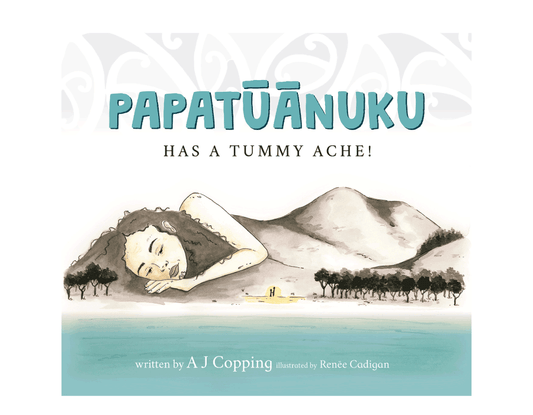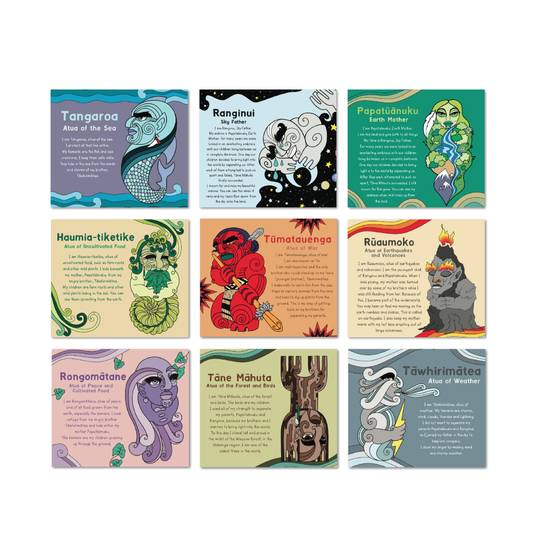Heuristic play gives tamariki the opportunity to experience an environment where they can develop different ways to be creative and expressive in their handling of a variety of objects.
In heuristic play the focus is all on the tamariki. It is up to them to decide what to do and how to do it. They are in control of their decisions, their actions, and on the physical world around them.
Heuristic play is all about movement. Tamariki will be moving forward and back, twisting, turning, bending, and generally allowing their curiosity to motivate their movements.
One of the beauties of heuristic play is that there is no fixed outcome. There is no concrete objective, or set structure.
Tamariki develop mentally, physically and emotionally through it, and learn rapidly about the physical world.
Giving tamariki the freedom to learn, make mistakes, and experiment is paramount in helping them form a healthy view of the world, and of their own abilities.
Tamariki experience an environment where their play is valued as meaningful learning and the importance of spontaneous play is recognised. Over time and with guidance and encouragement, children become increasingly capable of: Playing, imagining, inventing and experimenting.
Tamariki demonstrate an understanding that trying things out, exploring, playing with ideas and materials and collaborating with others are important and valued ways of learning (Te Whariki, 2017).




